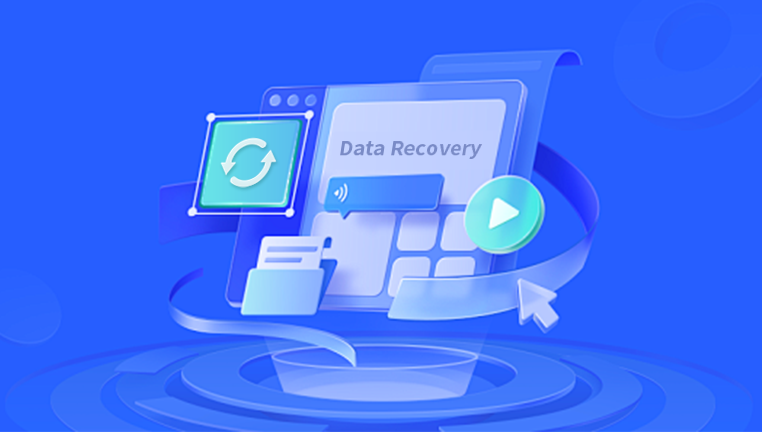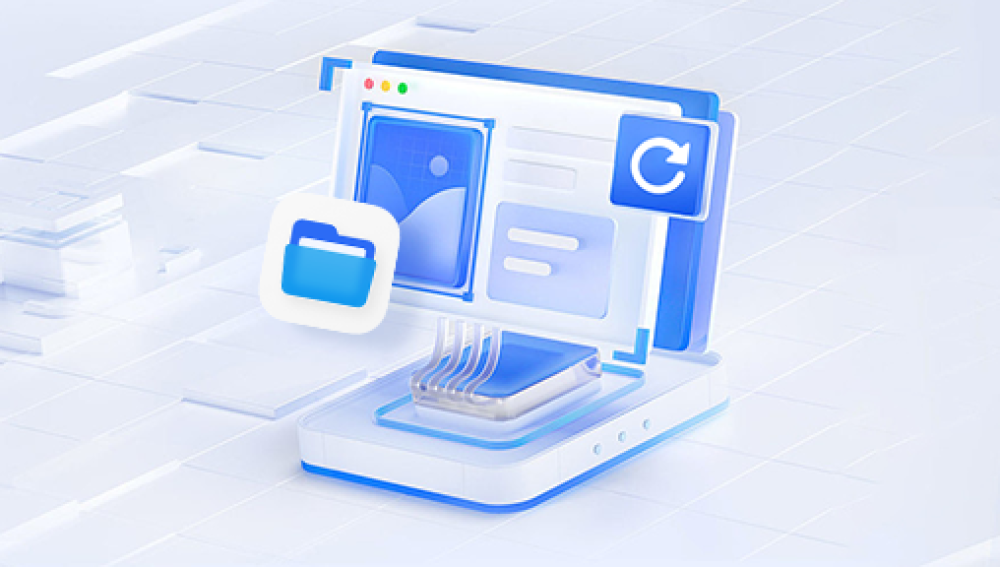Recovering data from an iPhone without spending money can be a bit tricky, but it's definitely possible with some patience and the right tools.
1. iPhone Data Recovery
Before diving into the recovery methods, it's essential to understand how iPhone data recovery works. iPhones store data such as photos, contacts, messages, and app data in a structured way. When data is deleted or lost, it can often be recovered as long as it hasn't been overwritten.
2. Check iCloud Backup
iCloud backups are a lifesaver when it comes to data recovery. If you have been backing up your iPhone to iCloud regularly, you can recover your data without spending a dime.

Steps to Recover Data from iCloud Backup:
Ensure You Have an iCloud Backup:
Go to Settings > [Your Name] > iCloud > iCloud Backup.
Check if your iPhone has been backed up recently.
Restore from iCloud Backup:
Erase your iPhone by going to Settings > General > Reset > Erase All Content and Settings.
After the iPhone restarts, follow the setup process.
Choose Restore from iCloud Backup and sign in to your iCloud account.
Select the backup you want to restore from.
3. Check iTunes Backup
If you’ve been backing up your iPhone to iTunes, you can use these backups to recover lost data.
Steps to Recover Data from iTunes Backup:
Connect Your iPhone to Your Computer:
Use a USB cable to connect your iPhone to the computer where your iTunes backups are stored.
Open iTunes:
Launch iTunes and select your iPhone when it appears.
Restore from Backup:
Click Summary in the left sidebar.
Choose Restore Backup.
Select the backup you want to restore from and click Restore.
4. Use iCloud.com
For specific types of data, such as contacts, notes, and calendar events, you can access iCloud.com.
Steps to Recover Data Using iCloud.com:
Visit iCloud.com:
Open a web browser and go to iCloud.com.
Sign In:
Enter your Apple ID and password to log in.
Access Your Data:
Click on the relevant app (Contacts, Notes, Calendar) to view and recover your data.
You can export contacts and notes to save them locally on your computer.
5. Recover Deleted Photos from Recently Deleted Album
iOS devices have a Recently Deleted album where deleted photos are stored for up to 30 days.
Steps to Recover Photos from Recently Deleted Album:
Open Photos App:
Launch the Photos app on your iPhone.
Go to Recently Deleted:
Navigate to the Albums tab and open the Recently Deleted album.
Recover Photos:
Select the photos you want to recover and tap Recover.
6. Use Built-in iPhone Features
Certain built-in features can help recover data:
Text Message Recovery:
Go to Settings > Messages > Keep Messages and choose 30 Days or 1 Year to keep your messages longer.
Notes Recovery:
If you accidentally deleted a note, it might be in the Recently Deleted folder within the Notes app.
7. Check Other Cloud Services
If you use other cloud services like Google Drive, Dropbox, or OneDrive, you might have backups of your data there.
Steps to Recover Data from Other Cloud Services:
Open the Cloud Service App:
Access the cloud service app where you may have backed up your data.
Check for Backups:
Look for folders or files that might contain the data you need.
Restore or Download:
Download or restore the files you need from the cloud service.
8. Third-Party Free Tools
There are some free third-party tools that can help with iPhone data recovery, though their effectiveness can vary. Be cautious and ensure you’re using reputable software.
Examples of Free Tools:
iMobie PhoneRescue:
Offers a free trial version for data recovery.
Dr.Fone - Data Recovery:
Provides a free trial version with limited features.
EaseUS MobiSaver:
Offers a free version with basic data recovery capabilities.
9. Backup and Prevent Future Data Loss
To avoid future data loss, regularly back up your iPhone to iCloud or iTunes. Consider using multiple backup methods to ensure your data is safe.
Tips for Preventing Data Loss:
Enable iCloud Backup:
Go to Settings > [Your Name] > iCloud > iCloud Backup and turn it on.
Use iTunes for Local Backups:
Connect your iPhone to your computer and back it up using iTunes.
Keep Apps Updated:
Regularly update your apps and iOS to ensure you have the latest features and security fixes.




